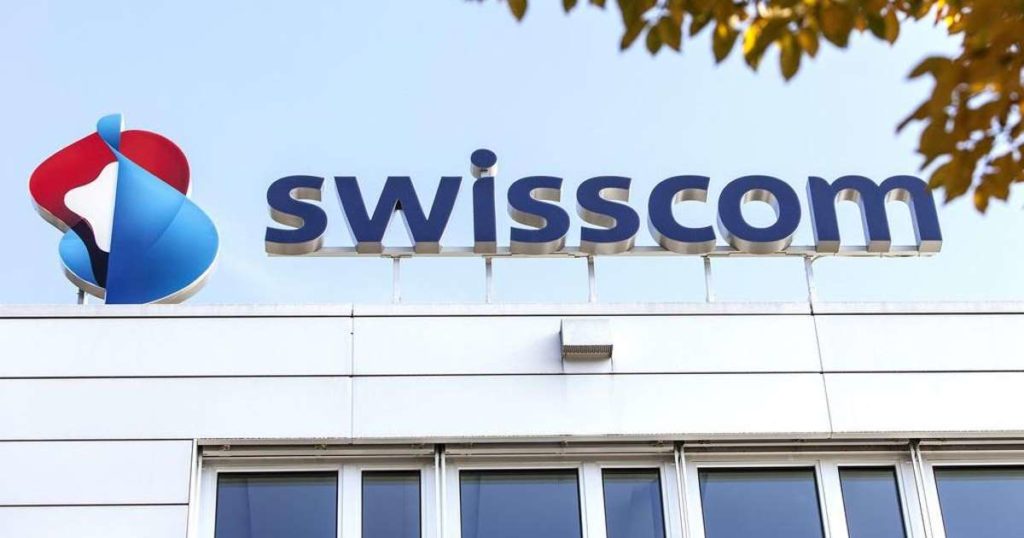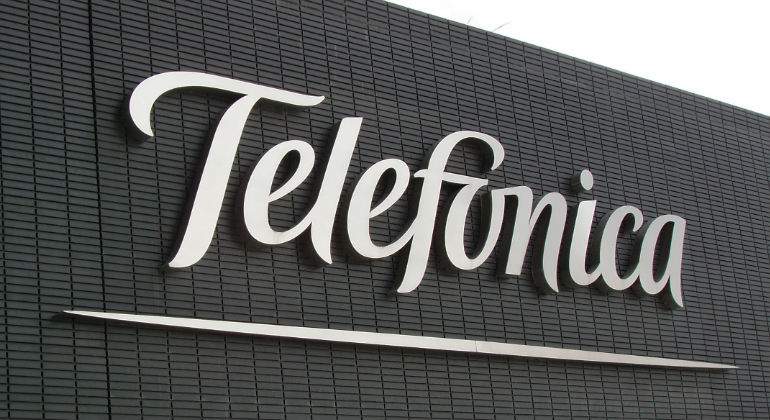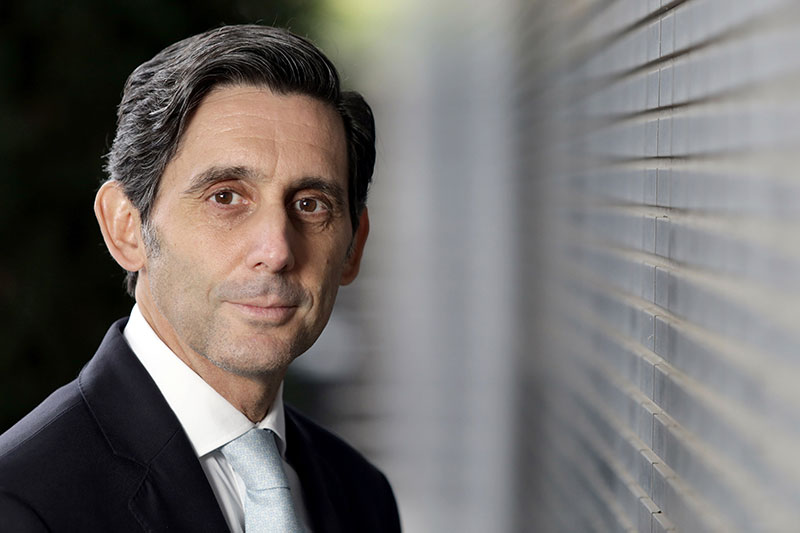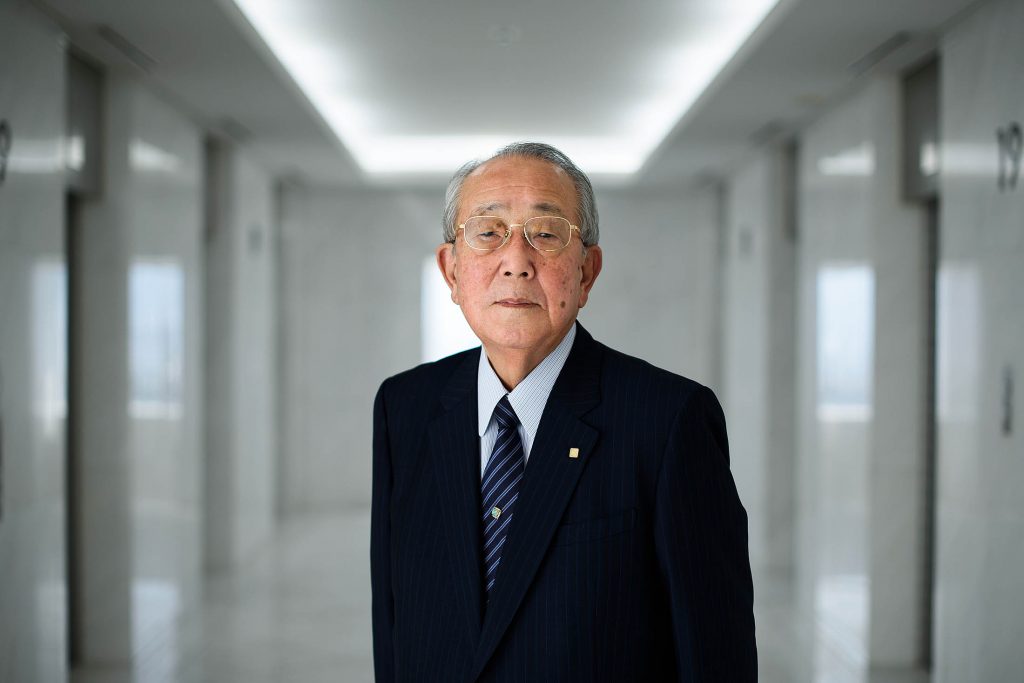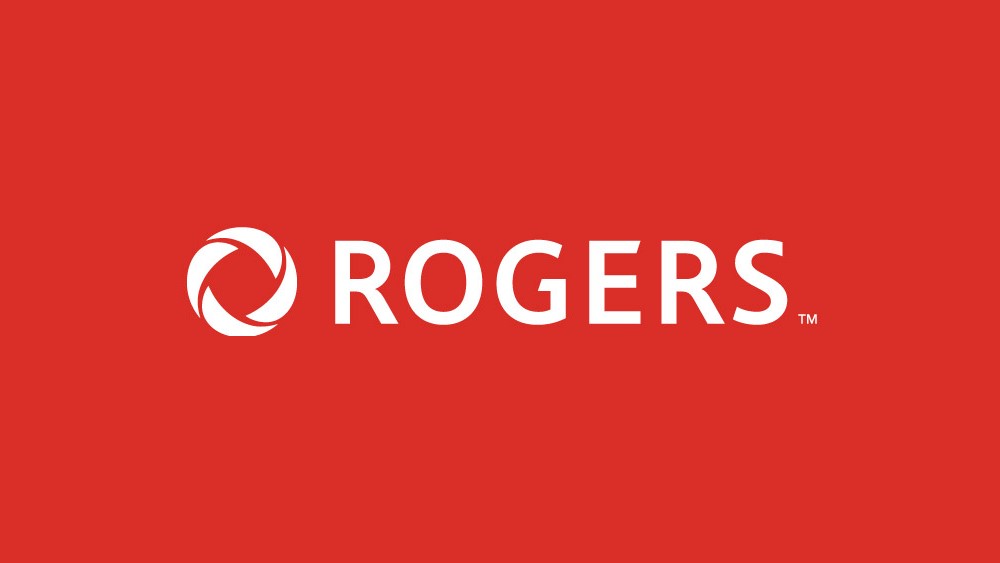KT Corporation – Story Of The Largest Telecommunication Company Of South Korea.
KT Corporation, being the first telecommunication company in South Korea has become a dominant entity in the country. The company grabbed the market when it had no competition and till now it is thriving with more than 23,000 employees. Joong-Soo Nam founded the company in 1981 in Seoul, South Korea. The largest shareholder of the company is the South Korean government’s National Pension Service which owns a 12.19 percent share of the company. Hyeon-Mo Koo is the current CEO of the KT Corporation.
About the Company
KT Corporation is the first and largest company in the telecommunication sector of South Korea, has multiple subsidiaries. The company also has a wide range of products which includes internet services, mobile telephony, credit card, digital television, etc. Though KT Corp offers several products, it mainly dominates the local landline and broadband internet market in South Korea. The company provides fixed-line services to around 90 percent of the total users of the country and 45 percent of the total internet users. In 1994, the company sold its wireless affiliate Korea Mobile Telecom but was again back in the wireless market in 1997 with the creation of personal communication service (PCS).
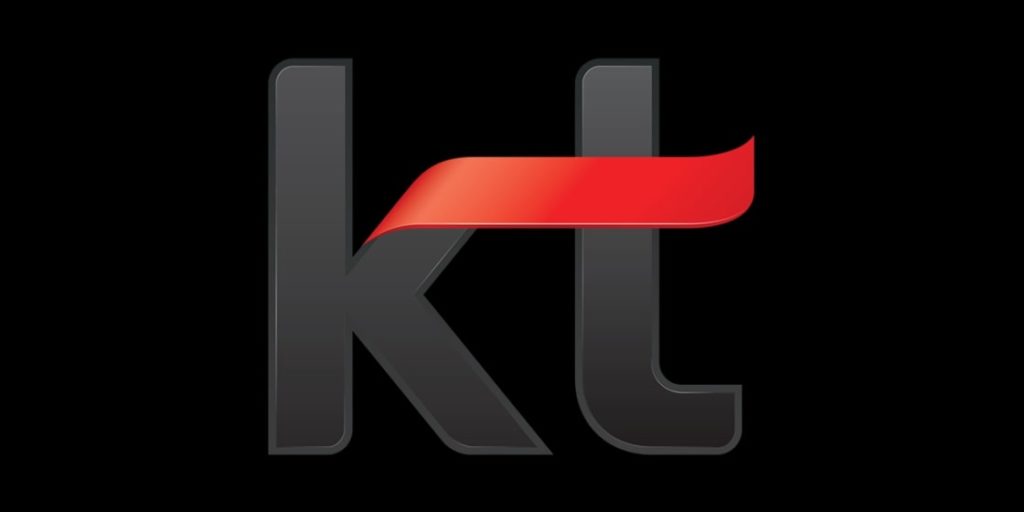
History of the Company
Back in 1981, KT Corporation was founded as a public utility and it has made an immense contribution towards making the country a major IT hub. The foundation of the company changed the entire telecommunication scenario for South Korea. KT Corporation started growing so rapidly that after three years it became the tenth company in the world to develop an electric switch TDX-1. In 1987, the company successfully installed an automated nationwide long-distance network. The same year, the company also started a public video conferencing service, established a software and line technology research center, opened a new business division, and embarked on a joint partnership with AT&T.
In the upcoming years, the company rolled out a bunch of new services like telecommuting pilot service and international call coupon service. By 1993, the company installed nearly 20 million telephone lines which were big proof that South Korea was having a change of scenery and becoming a part of the IT society. The company launched two satellites in two consecutive years and also completed the construction of the 4th Boeun satellite earth station. From 1997, the company started acquiring many businesses including PCS and CT-2 business licenses, and founded KT Freetel.
In 1997, KT became a government-invested institution and started two new services. In 1998, KT was listed on the stock exchange and it also commercialized the telephone voting service. Next year, the company also got listed in the foreign stock exchange and it was the first company in Korea to announce that the Y2K problem was solved. At the beginning of the 21st century, there were several discussions and plans for the privatization of KT Corporation.
Privatization of KT Corporation
The privatization plans of the company were announced in May 2001 and the company also celebrated its 20th anniversary. The same year, the company changed its name from Korea Telecom to KT. In 2002, the privatization of the company was finalized. By 2005, KT had a total of 12 subsidiaries, and its total assets summed up to $29.315 trillion. In late 2005, the company established an inter-Korean telecommunication service as it opened a branch office in North Korea for the first time. In 2009, a big merger took place between KT Corporation and its wireless subsidiary KTF. The newly merged entity became the first company in South Korea to launch the iPhone in the Korean market. KT apart from the inter-Korean business has also expanded to other nations like Bangladesh, Brunei, Mongolia, South Africa, Poland, Rwanda, the US, and Uzbekistan.
Hyeon-Mo Koo – CEO of KT Corporation
Hyeon-Mo Koo joined KT Corporation in 2009 as the Senior Vice President of the management strategy department. In the past eleven years, he switched from various positions in other departments and became the CEO of the company in 2020. He studied industrial engineering from Seoul National University and also holds a Ph.D. in management engineering.

Annasha Dey is an NIT student, who apart from studying engineering is also a content writer. She has a great interest in photography, writing, reading novels, and travelling as well. She is a foodie who loves socializing and hanging out with her friends. She is also a trained Kathak dancer and a big fashion enthusiast. Dey also loves watching TV series, which includes F.R.I.E.N.D.S. and Big Bang Theory. To be a better writer she prefers to read more
